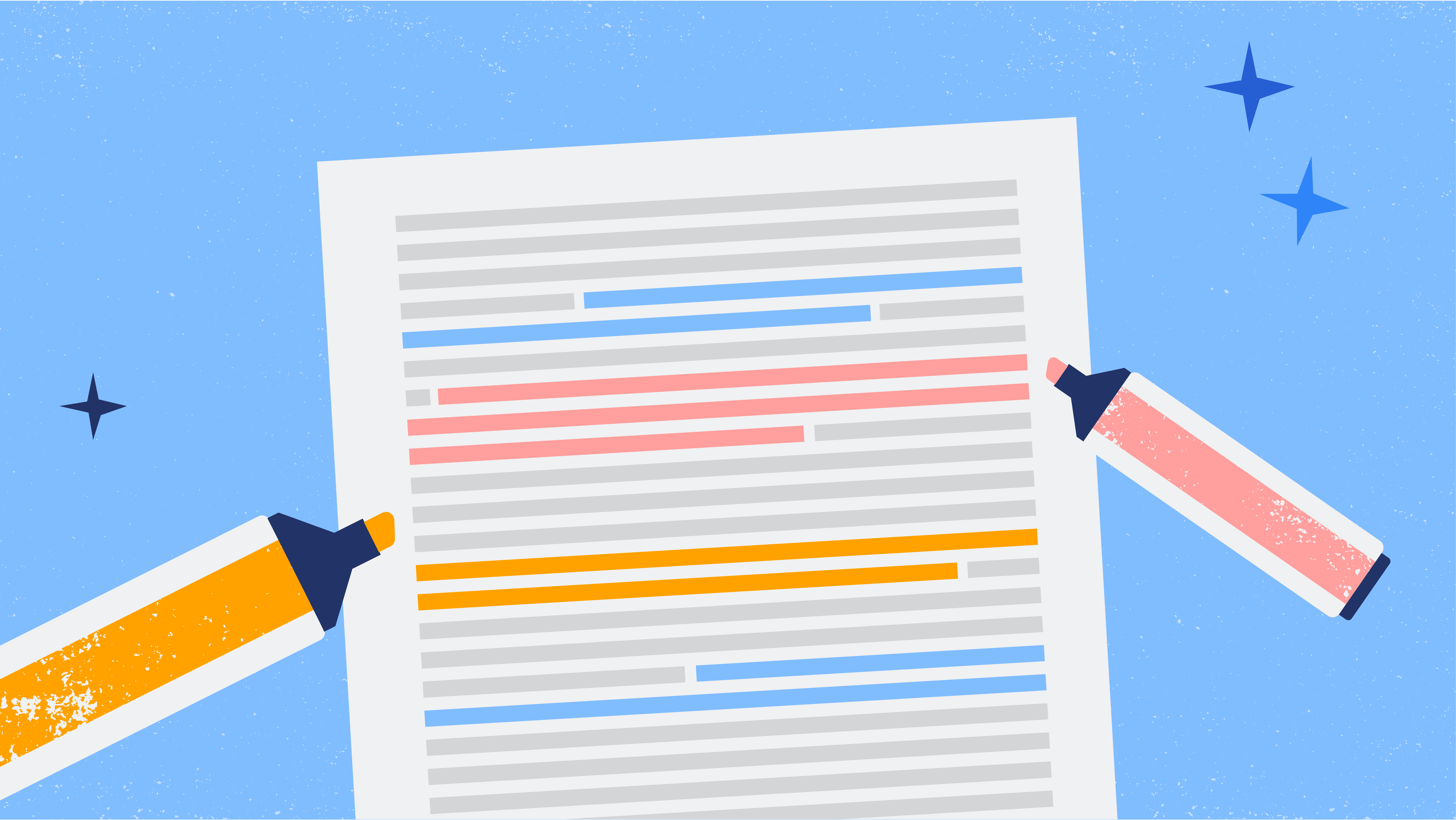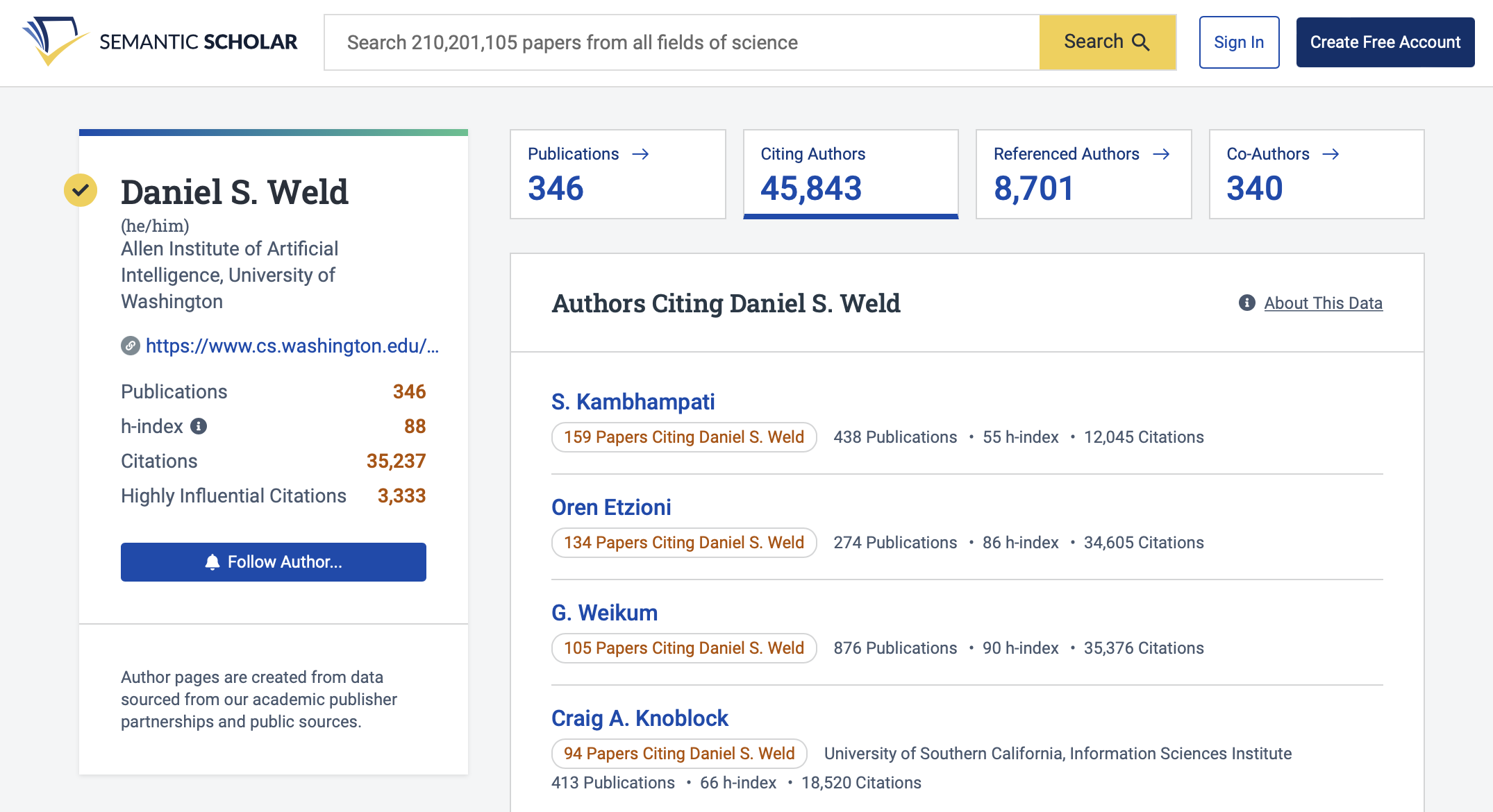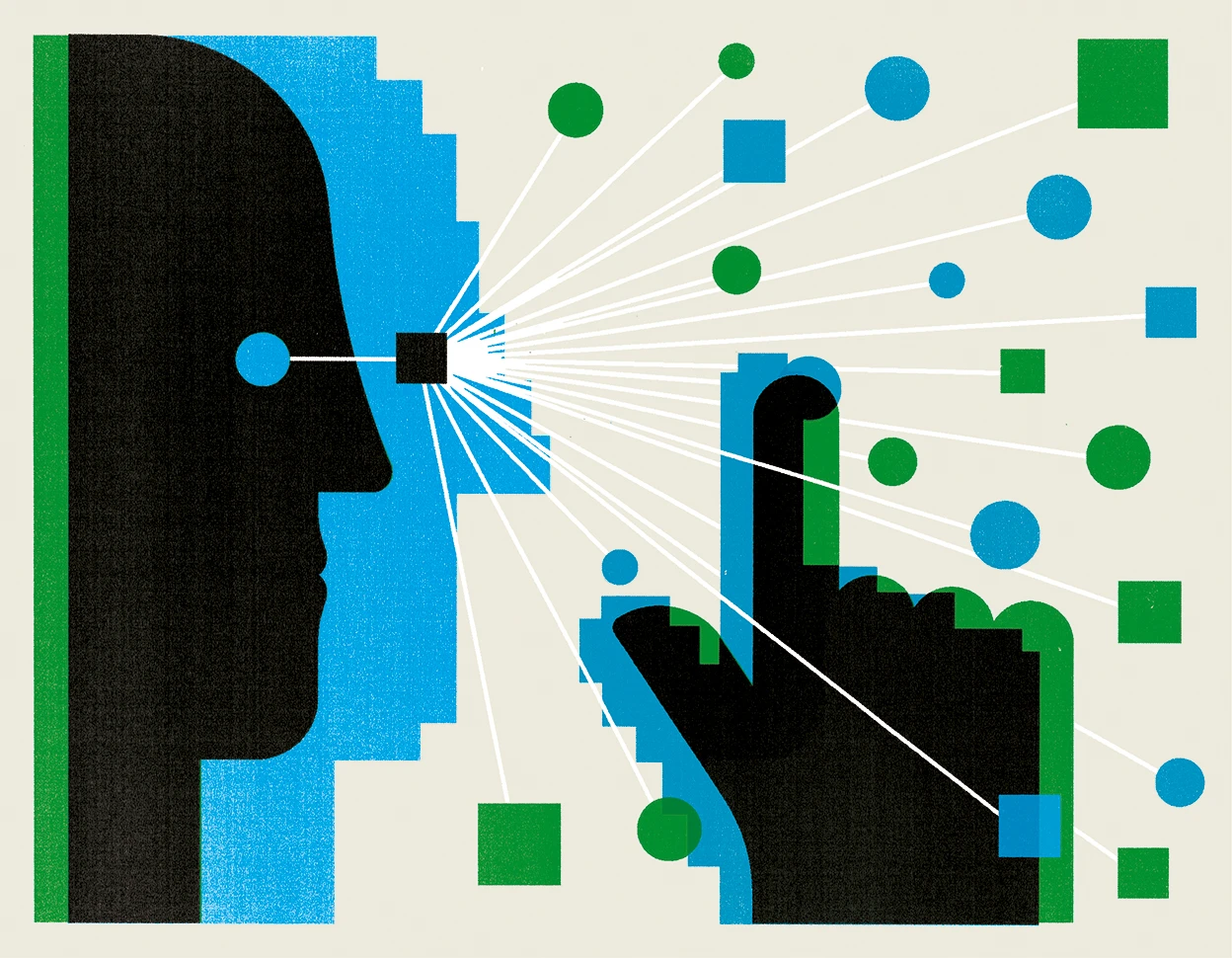Scholar's Hub
Top Influential Papers Cited by Popular CS Conferences
Welcome to a curated collection of papers that are popular references to papers published in esteemed computer science conferences: the Association for Computational Linguistics (ACL), Empirical Methods in Natural Language Processing (EMNLP), and the International Conference on Machine Learning (ICML)! Explore this collection of fundamental works that have shaped the field of natural language processing.
This list collects papers that earned the most citations from these venues, implying their significant impact on computational linguistics research. If you have any feedback or suggestions, please contact us.
Last updated: December 21st, 2023




